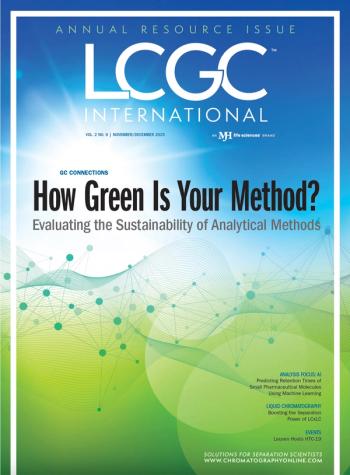
E-Separation Solutions
- E-Separation Solutions-07-11-2011
- Volume 0
- Issue 0
Termites Tapped for Biofuel Study
A team of scientists at Washington State University, Pullman Washington, recently carried out a study on the digestive process of termites, for aid in developing enzymatic processes to create biofuels.
A team of scientists at Washington State University, Pullman Washington, recently carried out a study on the digestive process of termites, for aid in developing enzymatic processes to create biofuels.
Scientists Jing Ke, Dhrubojyoti D. Laskar, Deepak Singh, and Shulin Chen investigated the structural modification by termites in the lignin biomolecular assembly in softwood tissues critical for cell wall degradation. The team did comparative studies on termite-digested (termite feces) and native (control) softwood tissues using advanced analytical techniques including Carbon 13 charge polarized/magic angle spinning, nuclear magnetic resonance, pyrolysis gas chromatography/mass sepctrometry (13C CP/MAS NMR), and flash pyrolysis in the presence of tetramethylammonium hydroxide.
The 13C CP/MAS NMR spectroscopic analysis showed elevated levels of guaiacyl-derived polymeric framework in the termite feces, and specific evidence of cellulose degradation. Py-GC/MS analysis revealed significant differences in the product distribution between control and termite feces.
According to the team, the study results provide insight into lignin unlocking mechanisms for understanding plant cell wall deconstruction, which may help develop a new enzymatic pretreatment process that mimics termite digestion for biochemical conversion of lignocellulosic biomass to fuels and chemicals.
The results were published in the June 14, 2011 issue of the journal Biotechnology for Biofuels.
Articles in this issue
over 14 years ago
Tips & Tricks: MISER Chromatographyover 14 years ago
New Minerals Analysis Manager Appointedover 14 years ago
PNNL Patents an Updated Ion Funnelover 14 years ago
Generous Results with MISER ChromatographyNewsletter
Join the global community of analytical scientists who trust LCGC for insights on the latest techniques, trends, and expert solutions in chromatography.



